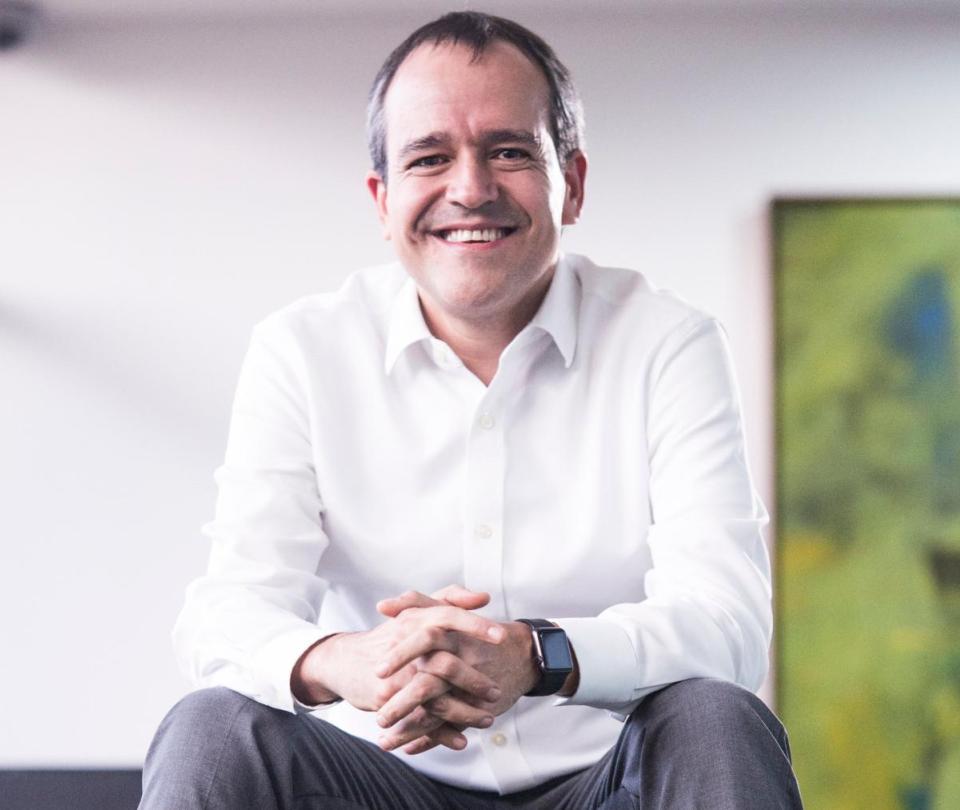In the midst of the discussion around the pension reform, the figure of private pension funds has gained relevance due to the impact that the Government’s proposal to move to a pillar system in which Colpensiones and the Administrators complement each other would have on them. of Pension Funds in a single system. Portfolio spoke with Juan David Correa, president of Protección, about the challenges and benefits that he sees in the project.
(Pension reform: would the years of contribution for the pension increase?).
How do you see the pension reform project?
There has been an illusion for a long time that the country has a comprehensive system for old age. We have insisted that a pension reform is necessary and this is a moment that hopefully will be taken advantage of, to really, after the filing of a project, move forward and draw up a pension reform that supports this purpose. The project established today, as we have been able to observe and hear, has positive elements, but it also has elements that have to be developed.
What are those positive points?
The first is the possibility of integrating a pension system. This proposal makes the system one, with an integral architecture and that is positive. And the solidarity pillar is very positive. A fundamental problem around people in a situation of vulnerability and who do not manage to retire is resolved. One in four older adults does not have anything to survive with and it is proposed to expand this pillar, which is already in the Colombia Mayor program. It also proposes raising the value of that allowance, which is $80,000, and brings it at least to the poverty line.
Another issue is that subsidies are beginning to come into focus. Today they are absolutely out of focus. The more people earn, the more benefits they receive from the state. This reform cuts it up to three minimum wages. A fourth point that interests me a lot is that an advance is established for women dedicated to care, it seeks to discount a few weeks for each child -It is to give them the possibility of reaching a pension-.
What are the concerns?
The other side, which worries us, is that a pension system has to develop coverage, sustainability and equity, and with the definition of thresholds, the first three minimum wages are extended to the entire population and the pension liability deficit can increase from important way. Anif has calculated that increase in more than 200%, that does not make the system sustainable, but more expensive, by giving subsidies to those who really do not need it.
Another point is the savings of Colombians in pension funds, which has allowed the development of the capital market and the possibility of financing companies, the country through its public debt, large infrastructure projects. Today these resources contribute to an annual growth of 0.5% of GDP, according to some studies. With the reform as it is proposed, that flow will not be part of the capital market, and if we look at what it means in contributions in minimum wages, we would be talking about taking away 80% of the flow from the capital market. That worries us deeply.
(Pension reform would affect pension insurers).
And another element is the possibility of choosing. Since the reform was filed, we would be obliged to incorporate the first three minimum wages, or the threshold that is defined, into the pay-as-you-go system. A system with difficulties, because with the increase in life expectancy, the pay-as-you-go model is never sustainable. Young people would not have the peace of mind that their resources are paid and quantified.
Asofondos has proposed creating a public AFP, what do you think of it?
Our proposal to make the system efficient corresponds to a solidarity pillar, a semi-contributory one, and a contributory one based on savings, but without a threshold, we simply all contribute to that system. The companies that provide this possibility are public or private in nature. Colpensiones could be a public AFP, and as in other companies in the financial sector, and through savings, people who decided to build their pension there could do so through a contribution model, as the private system does.
It is a way to achieve a system based on savings, equitable, that integrates and allows the necessary subsidies to be delivered and focused on the population that really needs it.
Do you think the parameters should be reviewed?
If one were to think prospectively in the long term, one could not avoid talking about a pension system that does not incorporate parameters, such as the contribution rate or pension age.
(Ministry defends the pension reform and its contribution threshold).
Colombia needs to look at what comes first, and the discussion has centered around coverage, which in Colombia is one of the lowest in Latin America. That also has to do with formality. Relating the pension reform with the labor reform is very important, to the extent that we achieve more formality, there is a greater possibility that people will reach their pension. Only one in three people contribute and only one in four people of retirement age get a pension.
Do you feel that the Government and Congress have listened to the pension funds?
Pension funds have a very important task of leading the conversations, contributing with the knowledge that we have built in the last 30 years, in which we have managed to reach more than $366 billion from Colombians, which have generated significant returns. Of every $100 of those resources, $70 has been generated as returns.
LAURA LUCIA BECERRA ELEJALDE


![[Img #74676]](https://thelatestnews.world/wp-content/uploads/2024/12/Laser-artificial-neuron-150x150.jpg)











